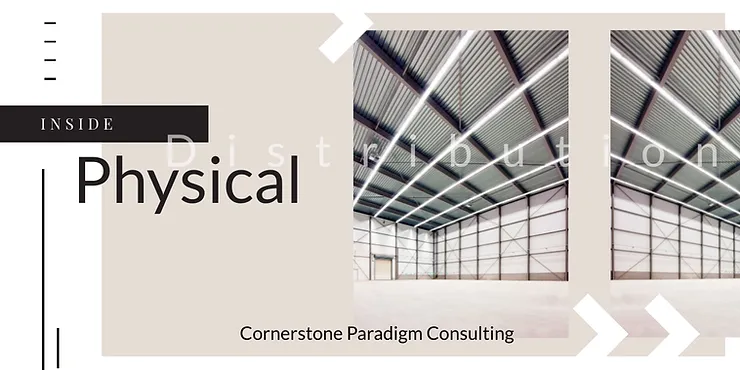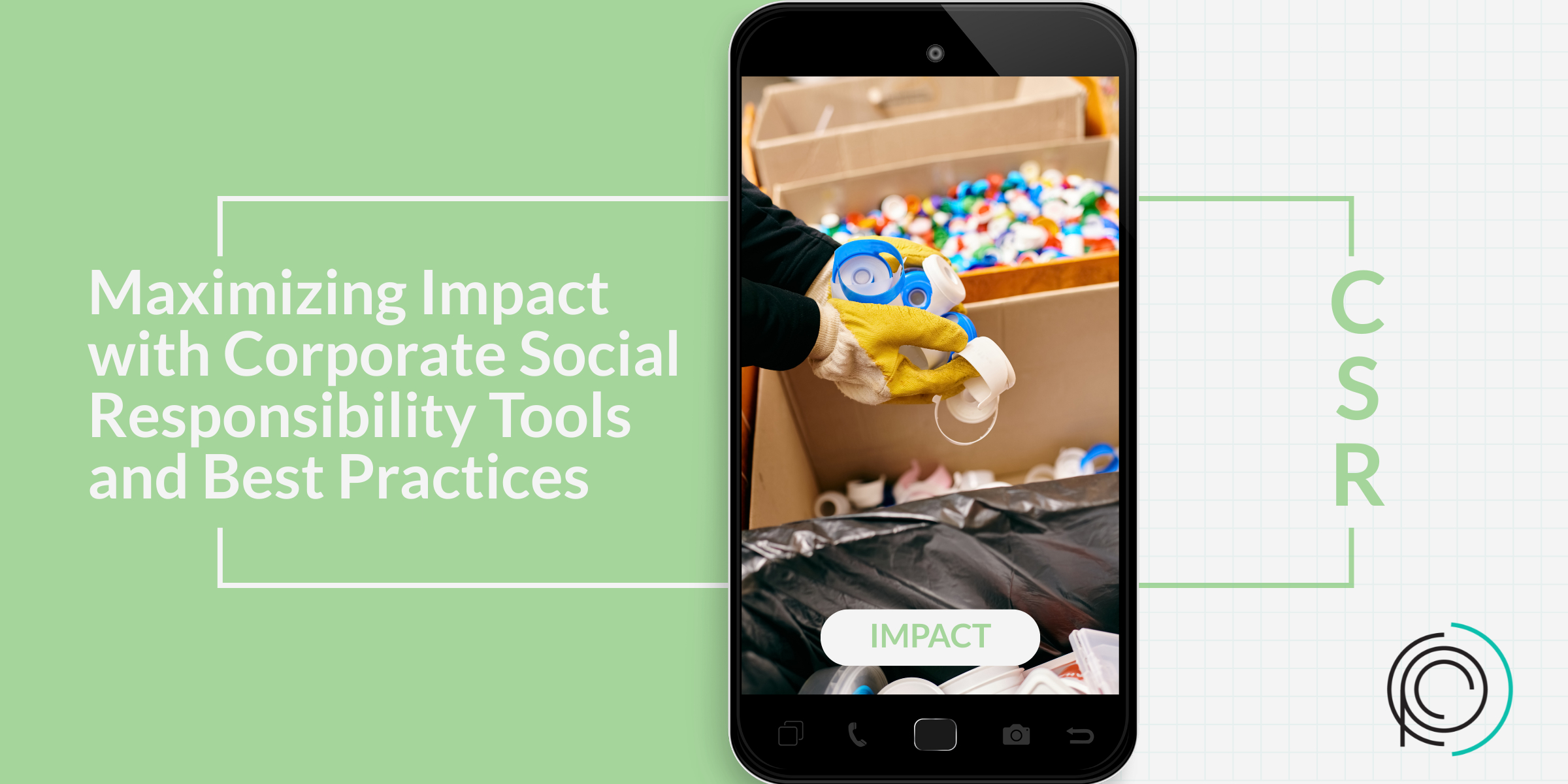Unlocking E-Commerce Success: The Power of Smart Inventory Distribution for Fast, Affordable Shipping
Have you ever experienced the excitement of shopping online, scrolling through pages, and finally spotting the perfect item that you’ve been searching for, only to have your enthusiasm dampened by the prospect of high shipping costs or agonizingly slow delivery times? It’s a common frustration many of us encounter.
In e-commerce, strategically distributing your physical inventory across different geographical areas is essential for providing your customers with cost-effective and swift shipping options. In this detailed blog post, we’re going to dive deep into the concept of physical distribution and its significant impact on shipping and delivery times for e-commerce brands. By understanding the intricacies of physical distribution, brands can optimize their logistics in a way that not only enhances customer satisfaction but also streamlines operational efficiency. We will delve into the numerous aspects of this crucial e-commerce element, illuminating how judicious distribution choices can enhance shipping options, resulting in more satisfied customers.
What exactly is Physical Distribution?
Physical distribution is a vital part of any e-commerce business. It refers to the movement of finished goods from a company’s distribution and fulfillment network to the end user. In many cases, the physical distribution of goods consists of multiple fulfillment centers within a single distribution network to reduce shipping costs and speed up transit times for customer orders. This can be done by what is referred to as a 3PL or a third-party logistic center which is outsourced logistics, or a 2PL where the brand handles the shipping and logistics of their own goods to the end customer.
Physical distribution is a complex process that requires careful planning and coordination. As such, it’s important to have a CEO, COO, and CFO who are all experienced leaders in the field of e-commerce. With their expertise, they can ensure that your company’s physical distribution process runs smoothly and efficiently.
Why this is important to brands
As an e-commerce CEO, you’re always looking for new ways to increase efficiency and reduce costs. And one area that can have a big impact on your bottom line is physical distribution.
Physical distribution is the process of getting goods from your suppliers to your customers. And it’s important because it’s linked to three critical business objectives: faster shipping, reduced logistics costs, and high customer satisfaction.
Here’s a deeper dive into how physical distribution plays a pivotal role in enhancing supply chain efficiency:
Faster Shipping: The cornerstone of physical distribution is its ability to accelerate the delivery process, enabling goods to reach customers with impressive speed. By optimizing the processes involved in receiving and shipping orders, businesses can significantly reduce the wait time for customers. This rapid delivery is crucial for items that have a short shelf life or are in high demand, such as perishable food products or the latest technology gadgets. Ensuring that these time-sensitive items arrive quickly not only meets customer expectations but also enhances the overall brand reputation.
Reduced Logistics Costs: Another significant advantage of effective physical distribution is the reduction in logistics costs. Through meticulous planning and execution, companies can streamline their supply chain operations, thereby increasing efficiency and reducing expenses associated with shipping and handling. By adopting strategies such as bulk shipping or optimizing delivery routes, businesses can save a substantial amount of money. These savings are particularly beneficial for companies that handle large volumes of orders or engage in frequent shipping, ultimately contributing to a healthier bottom line.
High Customer Satisfaction: A well-orchestrated physical distribution strategy directly contributes to higher levels of customer satisfaction. By ensuring that products arrive faster and in perfect condition, companies can significantly minimize the likelihood of customer complaints related to late deliveries or damaged goods. Happy customers are more likely to become repeat buyers and even brand advocates, spreading positive word-of-mouth that can attract new customers.
Enhanced Inventory Management: An often overlooked aspect of physical distribution is its impact on inventory management. By efficiently managing the flow of goods from warehouses to customers, businesses can maintain optimal inventory levels. This prevents both overstocking and stockouts, ensuring that capital is not tied up in excess inventory and that there’s always enough product to meet customer demand.
Physical distribution is not just a logistical necessity but a strategic asset in the realm of e-commerce. Its influence on shipping speed, cost reduction, customer satisfaction, and inventory management demonstrates its critical role in achieving business success. By recognizing and leveraging the benefits of advanced physical distribution practices, e-commerce businesses can ensure they remain competitive, profitable, and poised for growth in today’s fast-paced market.
How Physical Distribution Impacts Shipping Costs and Leadtime
The cost of shipping an item is directly impacted by its physical location. The further away an item is from its final destination, the more it will cost to ship. This is because carriers charge by weight and distance. So, if you have inventory spread out across multiple locations, it will likely cost more to ship than if you had centralized inventory in one location. The good news is that there are ways to minimize shipping costs, even if you have inventory in multiple locations. One way to do this is by using a fulfillment company that has strategically placed warehouses across the country. This helps to minimize transportation costs and get items closer to their final destination.
Another way to reduce shipping costs is by using technology like route optimization software. This type of software takes into account multiple factors—like carrier rates, fuel costs, and traffic conditions—to calculate the most efficient shipping routes. By using route optimization software, you can save money on transportation costs while still getting your items delivered quickly.
CEOs of e-commerce brands have a lot on their minds. They have to worry about everything from the product to the website to the warehouse to the shipping. And these days, customers expect faster and faster shipping times. Marketplaces like Amazon and Walmart are setting the bar high for fast inexpensive shipping.
To meet these expectations, e-commerce brands need to strategically store inventory across several locations. This way, they can reach different regions of the country faster. From there, you can reach other parts of the Midwest quickly. But if you only store your inventory in Los Angeles, it would take longer to ship to Chicago.
The bottom line is that fast shipping times are essential for keeping customers happy. We help e-commerce brands with this by helping them take back control of their business, shipping, and distribution.
The cost of distribution
Don’t be swayed solely by the allure of outsourcing. While it can appear as an attractive solution, it’s critical to weigh not only the potential benefits but also the significant drawbacks of relinquishing such a crucial part of your operation—the distribution of your goods. In the fast-paced world of e-commerce, if your goal is to cut down on physical distribution costs, there are strategic steps you can consider.
One effective strategy is to regionalize your product distribution across different parts of the United States. This approach allows you to significantly reduce the average distance a package travels to reach its destination, which in turn can lower shipping costs and delivery times, enhancing customer satisfaction.
Moreover, leveraging historical order data and other relevant distribution metrics plays a pivotal role in understanding your customer base’s geographic spread. This data can inform whether it’s more cost-effective to centralize your inventory in a single location or distribute it across multiple warehouses or fulfillment centers. Such an analysis not only helps in optimizing inventory levels but also ensures faster delivery times to your customers, which is a key factor in customer retention and satisfaction.
Additionally, considering the implementation of advanced inventory management systems can provide deeper insights into your distribution network’s efficiency. These systems can help predict demand in different regions, allowing for smarter inventory allocation and reducing the risk of stockouts or overstock situations.
By meticulously planning your distribution strategy and employing these methods, you will be better positioned to minimize physical distribution costs. This not only enhances your operational efficiency but also allows you to pass on the savings to your customers, thereby improving your competitive edge in the market.
Sacrificing your CX?!
Customer experience is everything. At its core, strategic physical distribution is about improving your bottom line while providing customers with a better experience. By optimizing shipping routes and storing inventory closer to your customers, you can save money while reducing time in transit. This ultimately leads to higher customer satisfaction and a better customer experience. Additionally, implementing a cost-effective physical distribution model can also allow for better shipping incentives, such as free shipping on orders over a certain amount or bundled deals. These offers not only offset costs but also further improve the customer experience. In today’s competitive landscape, customer experience is key. By leveraging strategic physical distribution, you can be a leader in providing an exceptional customer experience that sets you apart from the competition.
Physical distribution plays a pivotal role in the success of e-commerce ventures. The geographical distribution of your inventory directly influences shipping costs and delivery times, two factors that significantly affect customer satisfaction and loyalty. To mitigate these challenges, there are several strategic measures you can implement. Utilizing a fulfillment company that operates warehouses strategically located across various regions can drastically reduce the distance to your customers, thus lowering shipping costs and expediting delivery times. Additionally, investing in advanced route optimization software can enhance the efficiency of delivery routes, ensuring that your products are delivered in the most time and fuel-efficient manner possible. By taking these proactive steps, not only do you optimize your logistical operations, but you also enhance the overall shopping experience for your customers, ensuring they receive their orders swiftly and economically. This approach can significantly contribute to building a loyal customer base and improving the profitability of your e-commerce business.
If you want to take back control of your shipping and logistics but you’re not sure where to begin, set up a consultation with one of our experts today.







